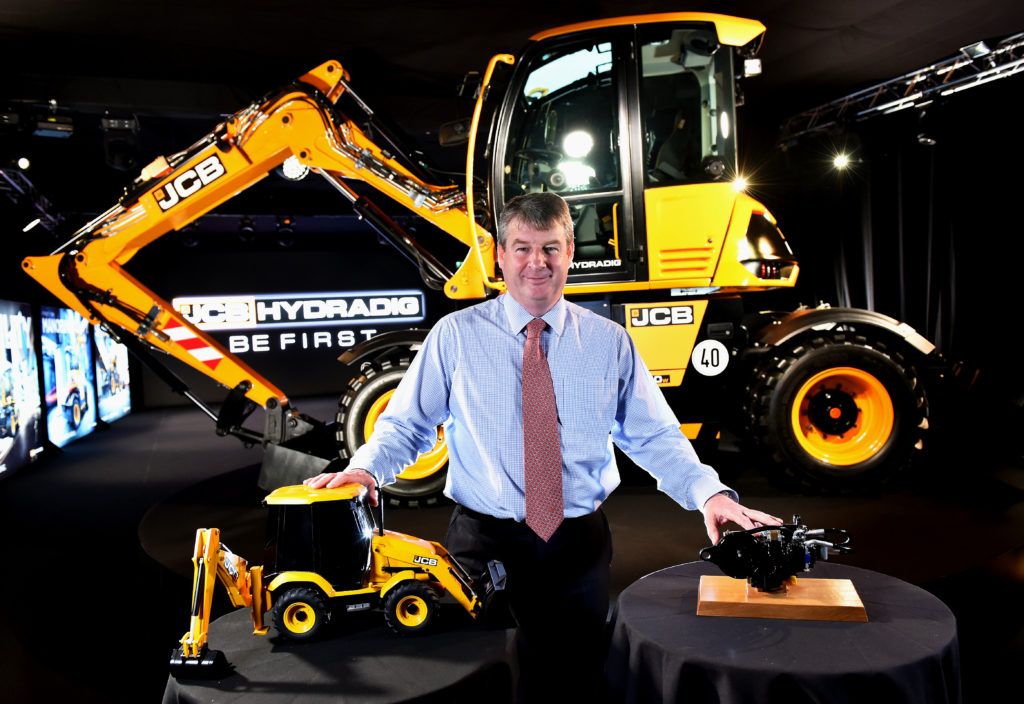David Duncan, president of IDWS, believes an emphasis on design is a way to safely navigate through current economic difficulties.
Businesses that are struggling from the financial problems in the current economic slow down are under pressure to evaluate daily operations for new cost efficiencies. Positive action is needed and forward thinking is critical. Complacency can start to creep into a company and mediocrity can allow competitors to take away market share if nothing is initiated. Most corporations know relatively well how to house clean and manage the cost and expense side of the business, but generating future products and innovations will be the challenge for going forward.
Anne Mulcahy, Chairman & CEO of Xerox, in an interview with Susie Gharib of Nightly Business Report said “This is a time where you have to be listening to your customers, …be tough-minded, …but not trade off the future. Don’t mortgage the future for the present … making sure that we are preserving investments particularly in Research and Development (R&D), which will provide the pipeline of innovation in the future.” What Anne Mulcahy was stating is that for Xerox to be on the forefront at the end of this downturn, executives need to be very mindful of the stability between preserving cash and introducing new products. It is this kind of corporate drive, to be customer focused that will motivate new ideas and new products for a favorable outcome down the road.
The questions companies need to be asking are varied but some might be the following. Where should we be in one year, three years or five years for competitive advantage? What internal stimulus plan is in place to motivate our customer base? What products will bring income back into the company at the end of this recession? What will inspire consumer confidence in the future; will it be as simple as having the best-in-class product available? Will we be able to recognize a future need for the end user? Will we be able to differentiate ourselves with the right market trends?
Knowing what tools to use to facilitate these questions can be beneficial within tightening fiscal budgets. So how do other companies develop a thought, an inventive idea and turn it into a customer focused profitable product? Look at MP3 data compression technology, an innovative concept that began back in 1987 at the Fraunhofer-Gesellshaft Institute Research Center, in Germany. Now leap ahead about 15 years, what is the first product that comes to mind when you think of an MP3 player? Knowing that there are a handful of similar products out there, one that might have stood out is the iPod. Incoming CEO of Macintosh, Steve Jobs had to ask some of those key questions in 1997 to help turn the company around and set a course for profitability. And writing about this in “Sketching user Experiences” author Bill Buxton notes that the differentiator at Macintosh was that Steve Jobs immediately brought Industrial Design into the executive level of core business planning to implement user based stylish products. Identifying that creative design would be the catalyst for the future of Mac products, he realized that if they didn’t design their products with an added value for consumers, it didn’t have a chance to compete for market share, nor get a good return on investment (ROI). Steve Jobs knew adding the Industrial Designers touch was about developing a high level of creative inventiveness along side the engineering of the final product. As you might have noted, not all MP3 players are iPods, however all MP3 players have been engineered to play MP3 compressed data. So Macintosh has emerged as a company because they worked hard to develop a user based design strategy with stylish features along side the engineering to attract consumers to the final product.
One of the most difficult parts of being innovative — the doing of new things, is giving that new ‘thing’ a body, a face — the creative style, feel and shape, that ‘wow’ factor to gain market share. This creative process for marketability is well developed in the automotive industry. Well before heavy investment is spent on engineering a vehicle, Industrial Designers create multiple concept sketches, 3D computer models and clay models of an idea. These virtual vehicles show the ‘vision’ of the new product, in a format that can be reviewed by management, engineering, marketing and focus groups for feedback. Some prototype models are further developed for release in a hand full of auto shows as future concept vehicles.
These are used to gauge public perception of what shapes and features should be offered up in upcoming production models. For instance take General Motors, they didn’t solely reveal the technology behind their advanced electric-hybrid vehicle; they used a clay prototype presented as the GM Volt. It was a model that helped GM gain international attention and much needed investment for GM’s greener future.
The bottom line for companies will be the need to preserve cash, keep operations fluid, and at the same time develop innovative and stylish products. This might be okay for large corporations to absorb, but what if modifying a product is done only once every couple of years? An idea for consideration in this balancing act to keep moving forward with ideas might be to utilize an Open Innovation business model. The general idea behind the concept is to restructure some of the product development overhead, by using external firms with experience in specific areas of the in the R&D process. For example; outsourcing the Industrial Design segment of the product development process means that a company can utilize the same design strategies as seen at Macintosh and General Motors but at a more manageable level. Coordinating the in-house process with outsourced knowledge means that a company can decrease the time to market and increase the customer focused value of the end product. Traditional production methods are changing, and the Open Innovation model has many facets for a company’s product life cycle (PLC). It is a process that will need to be evaluated and customized as companies try to stay innovative and competitive in this global economy.
Final thought, as coined on the cover of the book by Stephen Bayley and Terence Conran “Design: Intelligence Made Visible”, is accurate to describe the results a customer focused design has on a product. Design can articulate the product value to potential investors and can increase market share, both of which can help a company make it through this current crisis.
David Duncan is president of IDWS, a Canada-based design consultancy www.idws.ca
Image caption: Building sketches like this is a quick way to see a concept and discuss options rather than using full 3D CAD models, which can make the design look finished and closed for further input and discussion. The sketches are free formations, with little technical requirements driving the product design at this stage.




